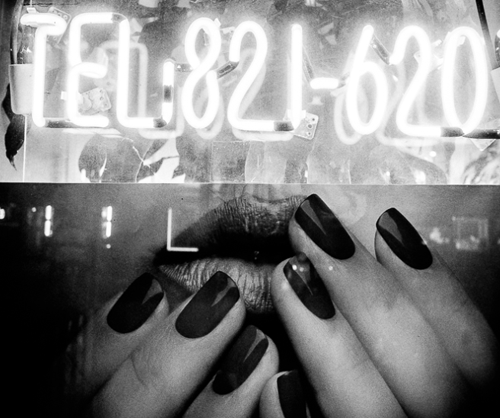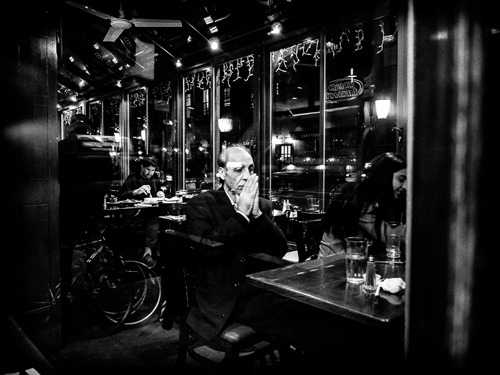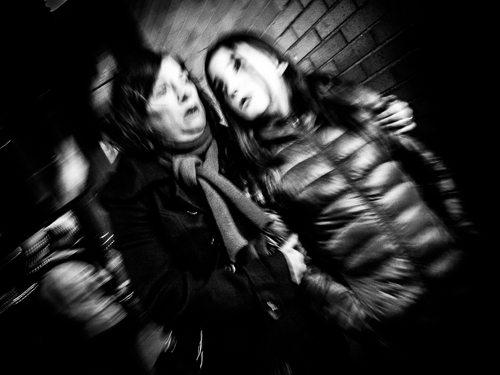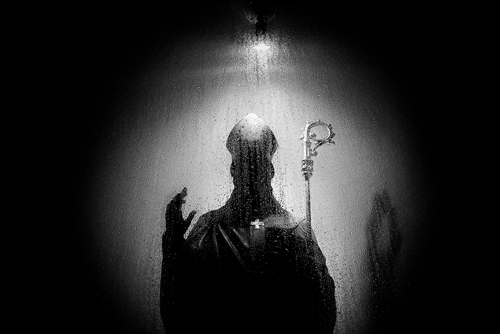
Wednesday evening we’re excited to welcome Apostasy, a new exhibition by photographer Jonathan Auch, to The Gallery at LPR. We chatted for a bit with Auch about his work, life and Apostasy. Read the Q&A and check out some photographs from the exhibition below.
Click here for more on the exhibition and RSVP to rsvp@lprnyc.com to attend Wednesday’s opening reception (6:30-9:30pm).
LPR: When did you first become interested in photography?
Jonathan Auch: I was about 20 and studying to be a painter. I ran out of money to go to school, and while taking a break, I bought my first camera. In Berlin, I saw a retrospective on Robert Capa. I was entranced by his photos of people running from bombing raids during the Spanish civil war and his photographs of children. When I got back to the states, I began to research photography more intently, and came across your usual suspects; Robert Frank’s The Americans, Henri Cartier Bresson, Winogrand…
Another big influence was the Inferno by James Nachtwey. When I looked at it, this heavy black tome, it astounded me. It reminded me of Goya’s The Disasters of War. Goya’s work always resonated because it is visceral. When I saw Inferno, I thought to myself, “I want to create something with this power and moral standing”. I quit school, moved back to NYC, and stalked James until he eventually gave me a job.

How did working with Nachtwey influence your work?
There is no one who’s more dedicated than Jim, and that goes all the way through not just what he’s trying to say, but also the craft. He is very involved. I learned that you have to be extremely specific about every aspect of what you do, and all of “it” makes a difference. Everything, including taking the photos, the subject matter, the prints, and how they are displayed.
You also worked with Bruce Gilden. What impact did that experience have on you?
Bruce is completely different, though he is just as dedicated. He is completely true to himself, and I think that is one of the biggest lessons that you can learn as a photographer and an artist. No matter what the subject is, you’re essentially photographing some part of yourself, because you’re choosing what to include and what not to, and how to include it—when to push the button, where to stand. You can never escape who you are.

Who else has influenced you?
Photographers: Daidō Moriyama, William Klein, Tomatsu, as well as Goya, Caravaggio, Picasso, Egon Schiele. Looking at the photographs in Apostasy, I was thinking this series reminds me of Francis Bacon.
What is Apostasy about?
How, New York City renews and destroys your faith, daily.

You lived in California for a while when you were going to school. What was that like?
When I went to California, I was going off on my own. I knew New York to a certain extent, so I wanted to see what LA was like. I went there and I didn’t like it. I felt out of place. I always felt like LA was a ride at Disneyland. The highways are conveyor belts, you see these lives that you’re not invited to and you watch them outside your little window. I felt disconnected, so I came back to New York. If I had to summarize it; LA is the land of unfulfilled dreams and NY is the land of unfulfilled hope. It’s faith that keeps us here.
posted by John

